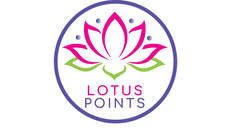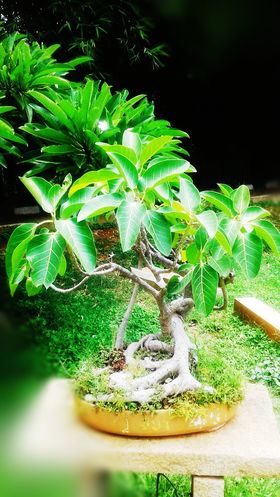REI-KI |
BackgroundUsuiThe man who had an enlightened path, and an experience of epiphany on Mount Kurama at the beginning of the 20th century, practiced the healing technique and developed a system of teaching, which was later modified numerous times to accommodate the more modern students. He initiated several student-healers into the Master level, and those students kept on spreading the knowledge, insights and skills across Japan. It was only in the 70s and 80s that the Reiki spillover happened across the globe. There is hardly any curve on the planet without a Reiki practitioner, so Master-Teachers are much easier to find nowadays.
|
Traditional and Modern ReikiReiki is one, universal, omnipresent. Everyone has the divine energy within the space that their body assumes. It is through initiation and training that we learn how to manage and manipulate this energy. Sensei Usui was well-educated in Japanese and Chinese healing techniques and medicine, and he understood the principles of meridians, the flow of energy through elements, and the relationships among the elements within the body. The traditional Reiki practice is more concerned with respecting the fixed protocols, and insists on intensive and continuous self-healing. The modern way of applying Reiki in life is more playful, creative, and involves freedom and spontaneity. The hands are not obliged to move strictly along the meridians, or in an exact sequence as proscribed by the great masters.
|
My Reiki Master
Do more ... Set up a healing session or an initiation retreat
Healing sessions |
usually last for an hour, or hour and a half, including the first ten minutes of 'coming to here and now', and last ten to fifteen minutes of briefing. A session is individual and highly confidential. We start with simple breathing techniques, and then what follows after completely depends on the individual needs of the treated person. We can end the session by screaming, laughing, simple acupressure massage, or a few yoga postures. No two healing sessions are alike. Depending on the severity of the condition, it is customary to attend at least three, but ideally five, sessions to get significant improvement. The sessions should be about five days apart, in regular intervals. The Reiki healer will ask you to do something between the sessions to enhance the effects (like some homework after school). Some treated persons have a powerful emotional breakthrough, some witness physical improvement the next day. Reiki healing is effective at distance, so it is not always necessary to meet the healer in person. What is important is to follow the healer's instructions before, during and after the session, so there are no obstacles to the energy flow.
|
Initiation |
is best done in person. I do not initiate online or in uncontrolled conditions. This is why the title above is 'initiation retreat'. Depending on your availability, and on the level of Reiki that you want to be initiated in, the retreat may last from three to five days. My experience shows that the best results happen when the initiated person stays in the master's space for a couple of days, asks questions spontaneously whenever they occur. The initiation process comprises learning 'the theory', initiation itself, and then has a practical segment to make sure the initiated person understands and can apply the taught ideas. There is a handbook with notes that the initiates are given, to study and refer to at home, when they get back to their changing routine. The three to five days at my place are your energy catapult, or a washing-machine cycle. When you get out of it, you will be transformed, refreshed and find yourself in another dimension.
|



